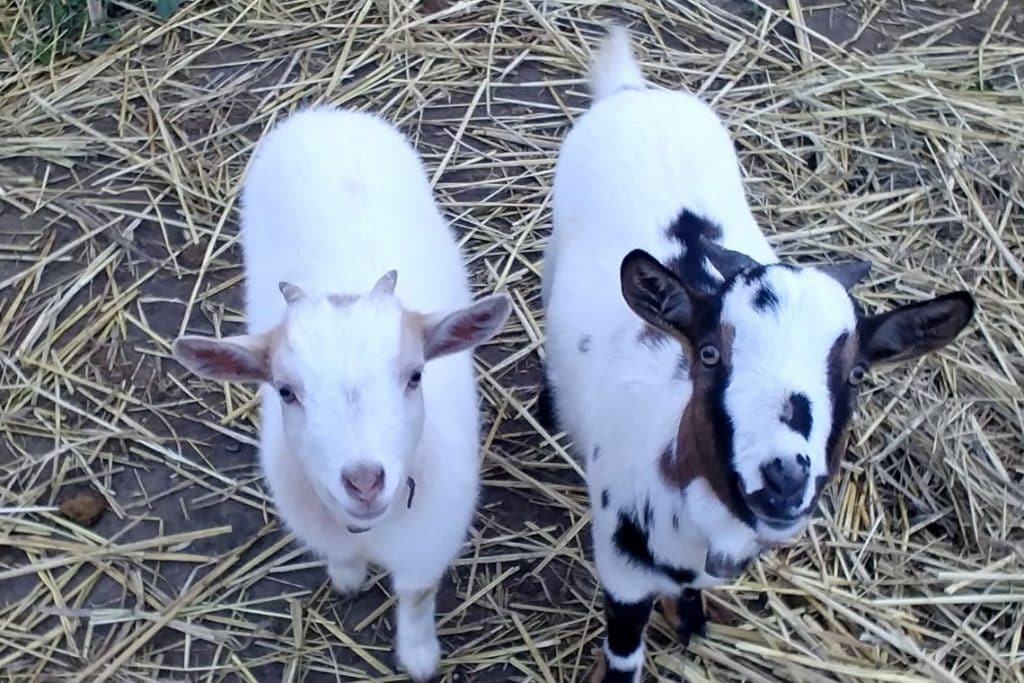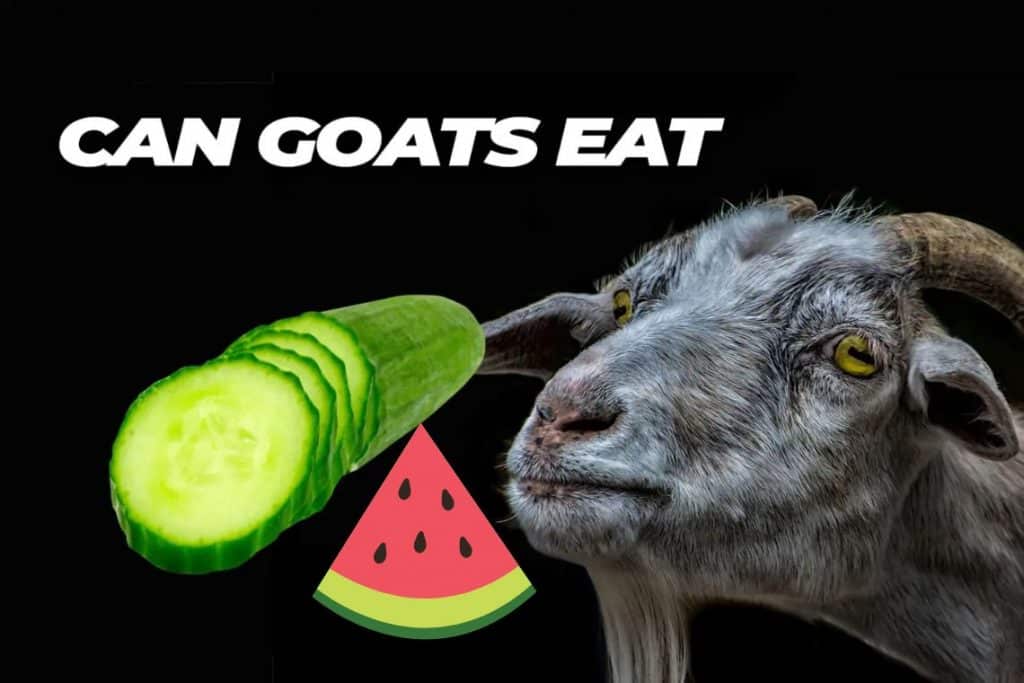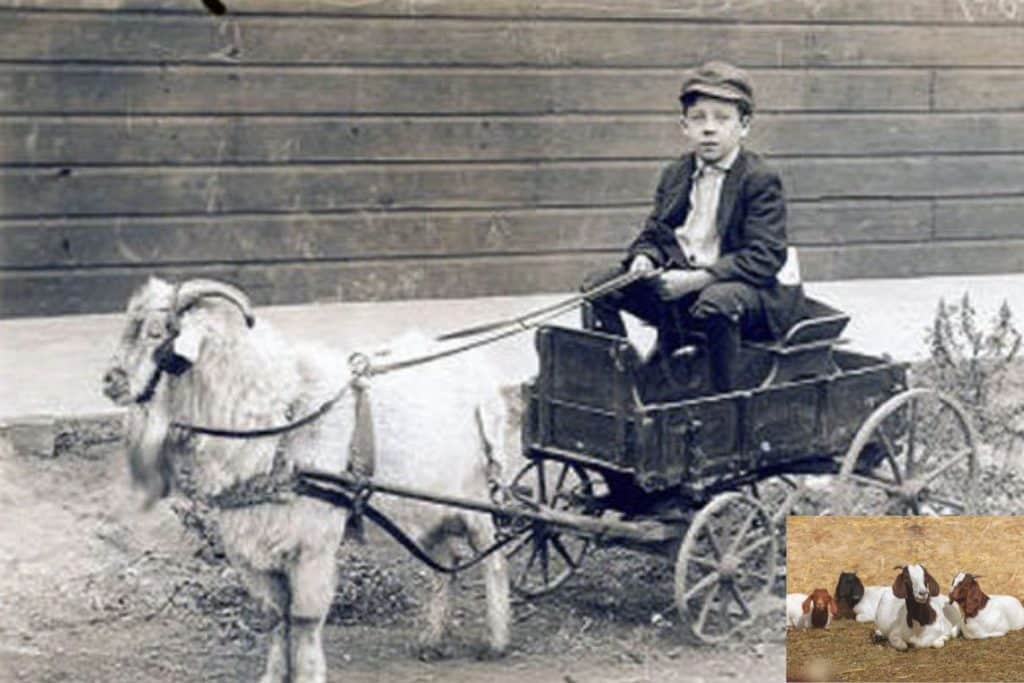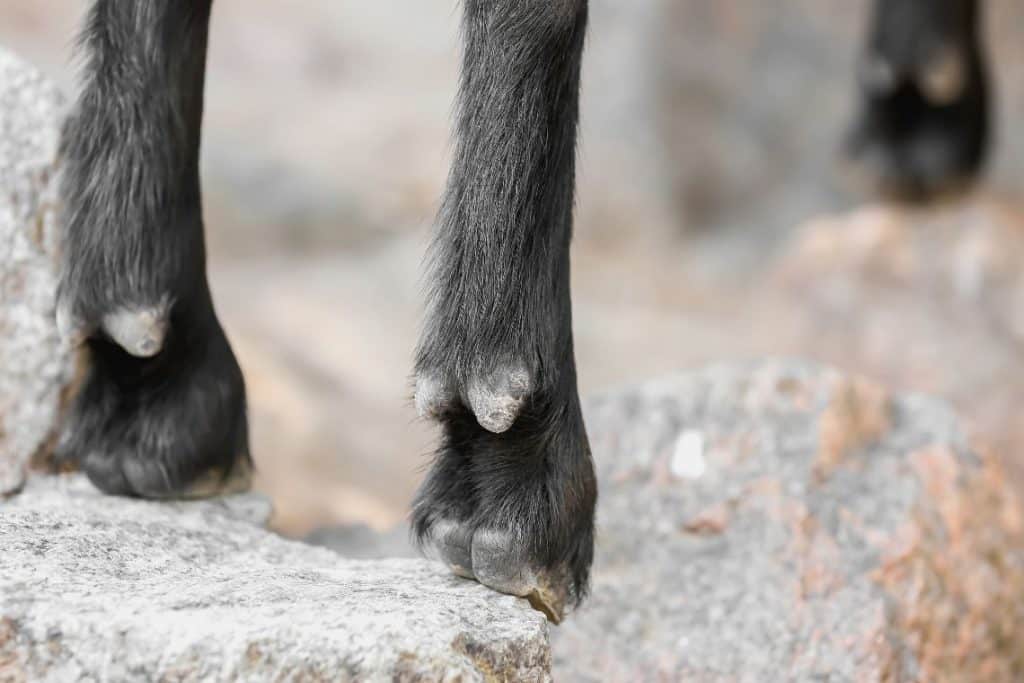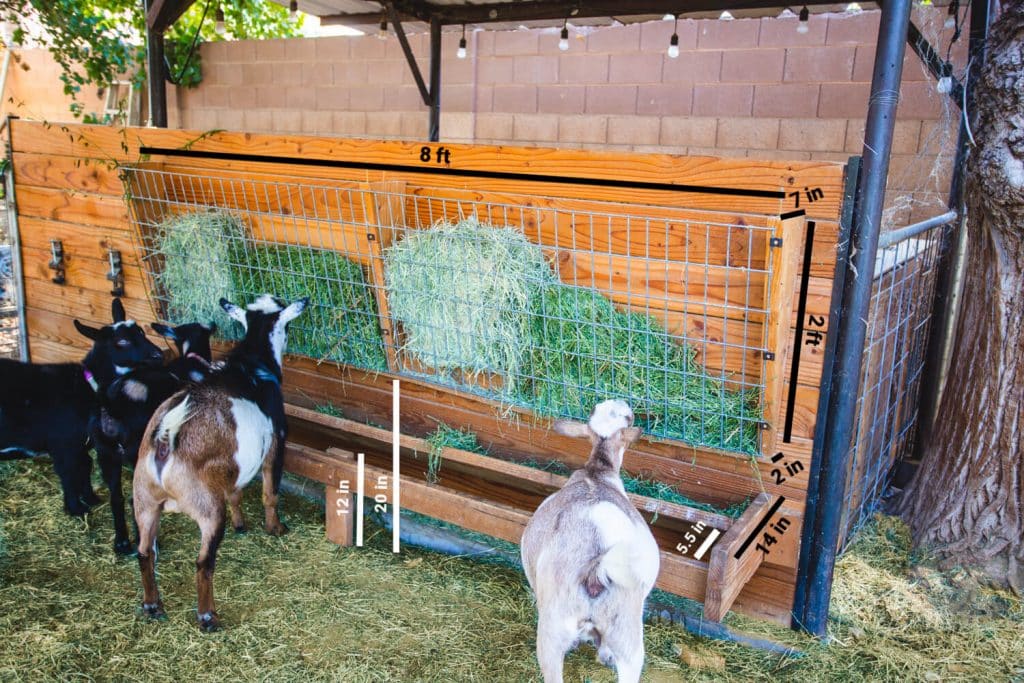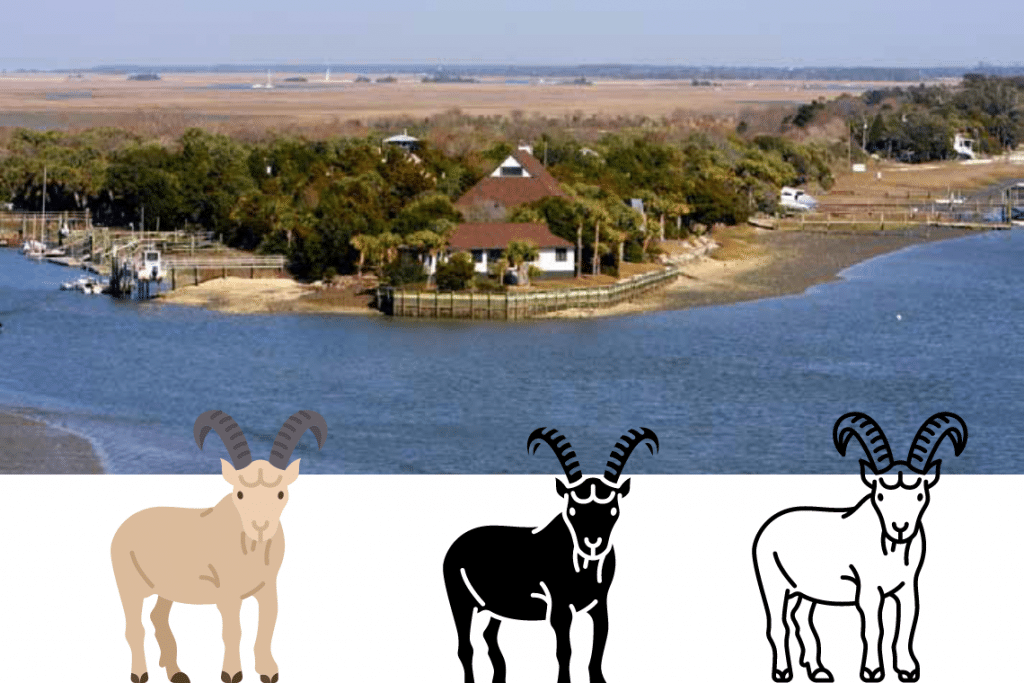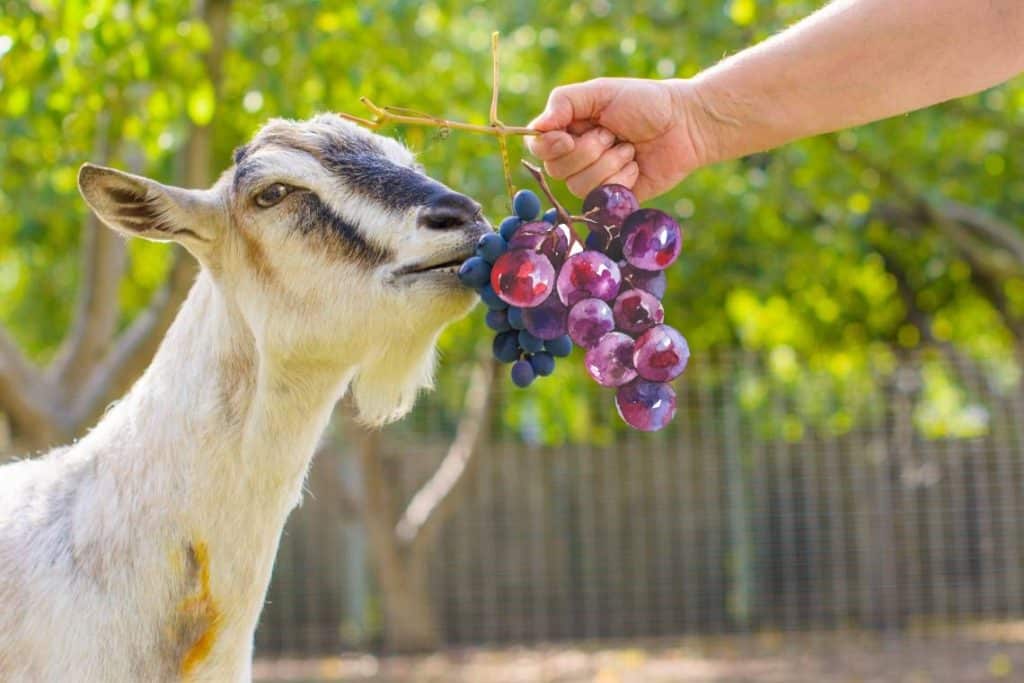Goat bullying is a behavior where one or more goats harass or intimidate another goat. This aggressive behavior can lead to physical harm and stress for the targeted goat.

Read more:
In order to prevent goat bullying, it is important to establish a hierarchy within the herd, provide enough space and resources for all goats, and closely monitor their interactions. Additionally, careful introductions of new goats and proper training can help minimize bullying behavior.
1. Understanding Goat Bullying
Goat bullying is a concerning issue that affects the overall well-being of these animals. Understanding the causes and consequences of goat aggression is crucial. Aggressive behavior among goats can stem from various factors such as competition for resources and establishing dominance within a herd.
This aggression can lead to injuries, both physical and psychological, for the goats involved. It can also impact their overall health and productivity. Stress and anxiety caused by bullying can suppress their immune systems, making them more susceptible to diseases.

Additionally, aggressive goats may intimidate and harm other members of the herd, disrupting the harmony and social dynamics within the group. Promoting a peaceful and stress-free environment for goats is essential to ensure their overall welfare and happiness.
2. Dominance Hierarchy In Goat Herds
Goat herds establish dominance hierarchies to maintain order within their social structure. This pecking order determines which goats have higher ranking and access to resources. Dominance is established through aggressive interactions and displays of power. Goats engage in headbutting and pushing to assert their dominance over lower-ranking individuals.
Challenges to dominance arise when a lower-ranking goat attempts to challenge the higher-ranking individual. These challenges can lead to intense fights and displays of dominance behaviors. Through these interactions, goats maintain a stable social structure where each individual knows their place in the hierarchy.
Understanding the social dynamics and dominance hierarchy in goat herds helps us comprehend their complex behaviors and interactions. It sheds light on the fascinating world of goat communities and how they establish order within their groups.
3. Tactics Of Goat Bullies
Goat bullying is a common issue that can disrupt herd dynamics. Aggression among goats can take various forms, including physical, verbal, and territorial behaviors. Identifying aggressive behaviors is crucial in preventing and managing bullying within a goat herd. Whether it is one goat dominating others through physical force or an individual claiming a particular territory, understanding these tactics is essential.
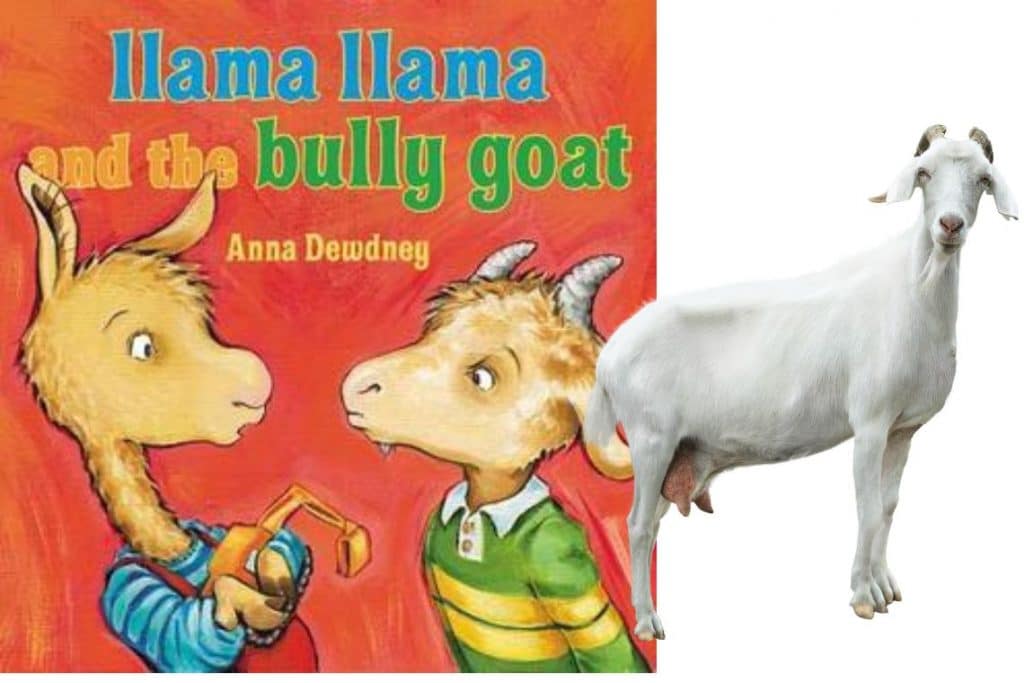
By recognizing signs of aggression, such as head butting, chasing, or aggressive vocalizations, goat owners can intervene and ensure the safety and well-being of the entire herd. Proper management, including providing sufficient space and resources, can help reduce instances of bullying among goats.
By addressing goat bullying, owners can maintain a harmonious environment where all animals can thrive.
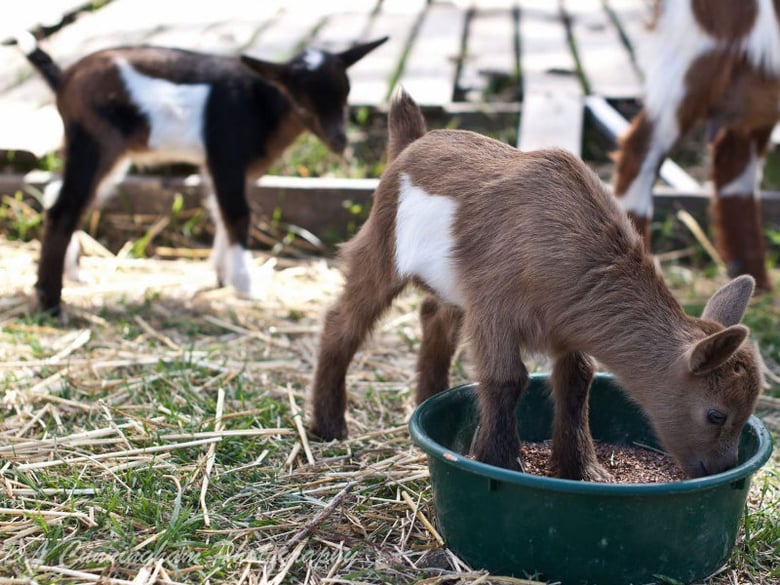
Credit: www.capradio.org
4. Psychological Effects On Targeted Goats
Psychological effects on targeted goats can be severe, leading to emotional and physical stress. Bullying can cause long-term health and behavioral issues, impacting the overall well-being of goats. The constant harassment and intimidation experienced by bullied goats can lead to heightened anxiety and fear.
This prolonged stress can impact their immune system, leaving them vulnerable to illnesses. Additionally, the constant fear and insecurity can result in behavioral changes, such as withdrawal or aggression. It is crucial to address and prevent bullying of goats to ensure their emotional and physical well-being.
Understanding the impact of bullying on goats helps us develop strategies to create a safe and nurturing environment for these animals. By promoting positive social interactions and providing proper care, we can protect goats from the detrimental effects of bullying.
5. Intervention And Prevention Strategies
Creating a harmonious goat herd environment is vital for intervention and prevention strategies in combating goat bullying. Training techniques play a crucial role in managing aggressive goats. These techniques help establish boundaries and reinforce desirable behaviors. Promoting positive social interactions among goats through careful grouping and supervised introductions can also mitigate bullying tendencies.
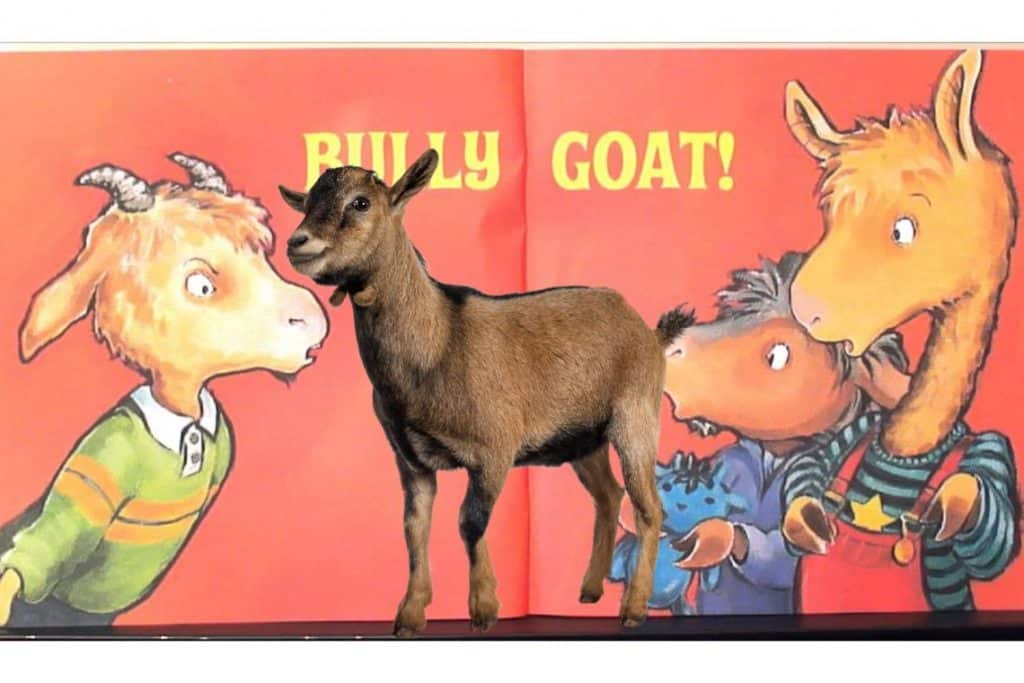
Encouraging mutual grooming, shared feeding spaces, and play activities can foster cooperative behavior. Monitoring the herd dynamics regularly and addressing any signs of aggression promptly is essential. It is important to ensure that the goats have adequate space, resources, and stimulation to minimize stress and competition.
By implementing these strategies, goat owners can create a peaceful and respectful herd dynamic, where bullying behaviors are diminished and the welfare of the goats is prioritized.
Frequently Asked Questions For Goat Bullying
What Is Goat Bullying?
Goat bullying refers to aggressive behavior among goats where one or more goats assert dominance over others through actions like head-butting or chasing. It is important to address and prevent goat bullying to ensure the well-being and safety of all goats in the herd.
What Are The Causes Of Goat Bullying?
Goat bullying can be caused by various factors such as competition for food, water, or space, hormonal changes, social hierarchy disputes, or even simply boredom. Understanding the underlying causes is crucial in order to effectively address and prevent goat bullying in your herd.
How Does Goat Bullying Affect Goats?
Goat bullying can have negative effects on the bullied goats, leading to physical injuries, stress, and reduced overall well-being. It can also disrupt the harmony within the herd and affect productivity. Taking steps to prevent and manage goat bullying is essential for maintaining a healthy and happy goat population.
How Can Goat Bullying Be Prevented?
To prevent goat bullying, provide ample space for goats to roam and socialize. Ensure access to enough food, water, and shelter to minimize competition. Introduce new goats gradually, monitor their interactions, and intervene if necessary. Providing mental and physical stimulation can also help reduce instances of bullying within the herd.

Conclusion
To sum it up, goat bullying is a serious issue that demands our attention. By understanding the causes and effects of this behavior, we can work towards creating a safe and harmonious environment for goats. Implementing preventive measures such as proper herd management, providing adequate space and enrichment, and addressing bullying incidents promptly can go a long way in curbing this problem.
It is important for goat owners, farmers, and caretakers to be vigilant and proactive in identifying and addressing bullying behavior within their herds. By doing so, we can ensure the well-being and social dynamics of our goat populations, contributing to a healthier and happier community of goats.
Let us strive to foster a positive and inclusive atmosphere where goats are respected and thrive, free from the detrimental effects of bullying. Together, we can make a difference in promoting empathy and compassion towards goats and all animals.

